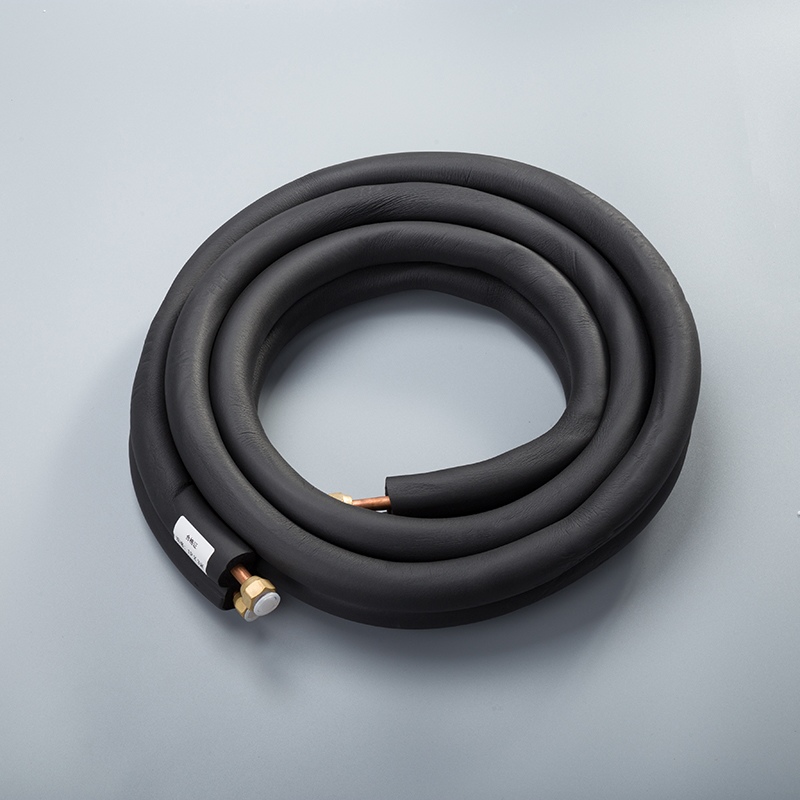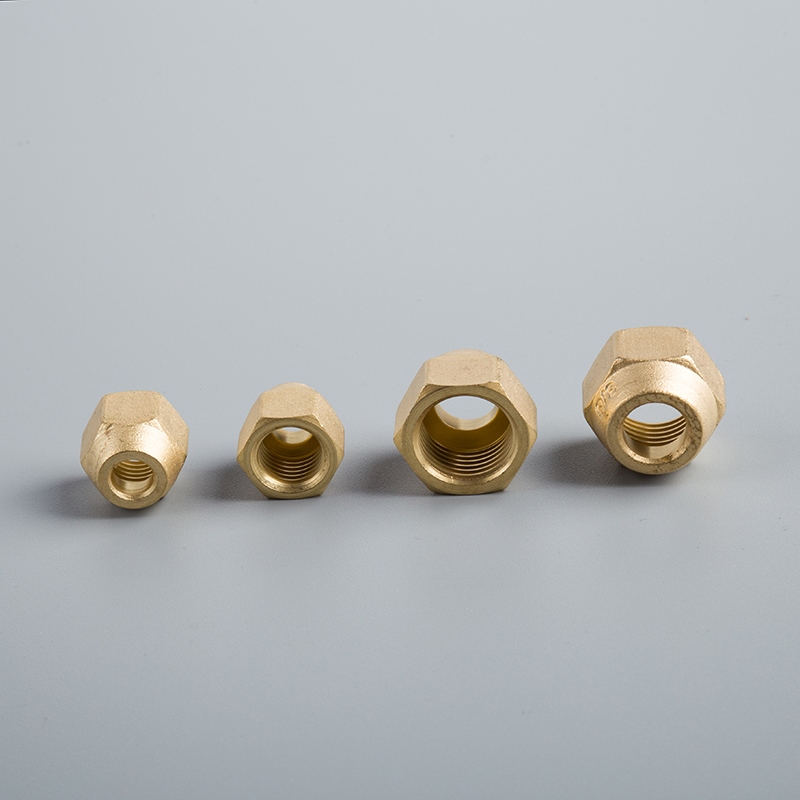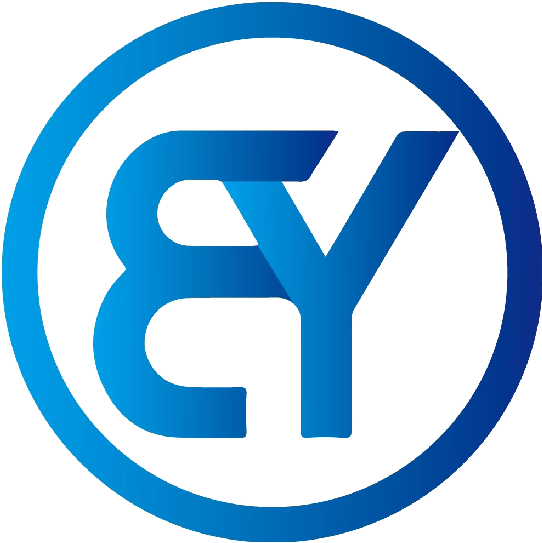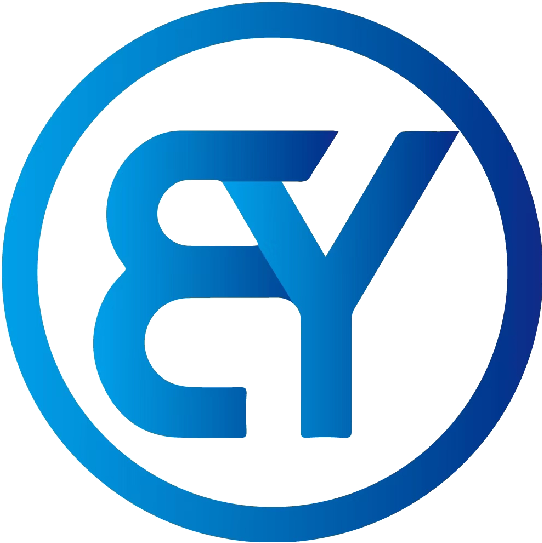How to Join Copper Pipes Without Soldering - A Complete Guide

When it comes to plumbing projects, the importance of how to join copper pipes without solder cannot be overstated. This introduction aims to provide an overview of non-soldering methods, offering insights into alternative techniques for seamless pipe connections. By exploring the benefits of non-soldering techniques, readers will gain a deeper understanding of efficient and reliable ways to work with copper pipes, including insulating copper pipes and understanding how long do copper pipes last.
Understanding Non-Soldering Methods
When it comes to joining copper pipes without solder, various methods offer efficient and reliable alternatives.
Compression Fittings
Compression fittings function by utilizing compression nuts and ferrules to create a secure seal. This method is known for its leak-free connections and ease of installation.
How Compression Fittings Work
Insert the pipe into the fitting.
Tighten the compression nut to compress the ferrule against the pipe.
Ensure a tight seal by firmly securing the nut.
Advantages of Compression Fittings
Suitable for high-pressure applications.
Easy to disassemble for repairs or alterations.
Push-to-Connect Fittings
Push-to-connect fittings provide a convenient solution for quick installations, especially in tight spaces.
Mechanism of Push-to-Connect Fittings
Simply insert the pipe into the fitting until it reaches the O-ring.
The push-fit mechanism ensures a secure connection without additional tools.
Benefits of Push-to-Connect Fittings
Ideal for fast repairs or installations.
Compatible with various types of pipes, including PEX and CPVC.
Press Fit Connectors
Press fit connectors offer a modern approach to joining copper pipes without heat or solder, providing an efficient and clean connection.
Operation of Press Fit Connectors
Position the connector on the pipe end.
Utilize a press tool to compress the fitting onto the pipe securely.
Advantages of Press Fit Connectors
Quick installation process.
Watertight seals without soldering or flame exposure.
Liquid Solutions
How Liquid Solutions Work
Just For Copper is a remarkable liquid solution that revolutionizes the process of joining copper pipes without soldering.
When applying the solution, it creates a strong bond between the pipes and connectors, ensuring a reliable connection.
The chemical properties of this solution enable it to penetrate and seal any gaps or imperfections in the pipe joints effectively.
By eliminating the need for heat, Just For Copper simplifies the joining process and reduces the risk of accidental burns or damage.
Benefits of Liquid Solutions
Enhanced Versatility: Just For Copper can be used for various applications, including plumbing repairs, installations, and maintenance tasks.
Time-Saving Solution: With quick application and bonding times, this liquid solution saves valuable time during projects.
Cost-Effective Alternative: Compared to traditional soldering methods, using Just For Copper is more budget-friendly without compromising on quality.
Long-Lasting Results: Once applied, the bond created by this solution ensures long-term durability and leak-free connections.
Tools and Materials Needed

Essential Tools
Pipe Cutter
A pipe cutter is an essential tool for precisely cutting copper pipes to the required length. It ensures clean and accurate cuts, facilitating seamless installations without the need for soldering.
Deburring Tool
The deburring tool plays a crucial role in smoothing out rough edges and removing burrs from freshly cut copper pipes. This process is vital to ensure a proper fit and seal when using non-soldering methods, enhancing the overall efficiency of the connection.
Required Materials
Compression Fittings
Compression fittings are versatile components that provide a reliable way to join copper pipes without soldering. These fittings consist of nuts and ferrules that create a secure seal when tightened, offering a leak-free solution for various plumbing applications.
Push-to-Connect Fittings
Push-to-connect fittings offer a convenient and efficient method for connecting copper pipes without the need for soldering. With their push-fit mechanism and O-ring seals, these fittings ensure quick installations while maintaining strong connections that withstand high pressure.
Press Fit Connectors
Press fit connectors, such as those designed for copper pipes, utilize innovative technology to create watertight seals without heat or solder. By using a press tool to compress the fitting onto the pipe securely, these connectors provide a clean and reliable alternative to traditional soldered joints.
Liquid Solutions
Innovative liquid solutions, like Just For Copper, revolutionize the process of joining copper pipes by eliminating the need for soldering. These solutions bond pipes and connectors effectively, providing a durable connection that resists leaks over time. Their versatility makes them suitable for various plumbing tasks, offering a cost-effective and time-saving solution for professionals and DIY enthusiasts alike.
Step-by-Step Guide

Preparing the Pipes
To begin cutting the pipes, measure the desired length accurately using a measuring tape. Then, mark the cutting point with a pencil to ensure precision. Utilize a pipe cutter to make a clean and straight cut along the marked line. Remember to maintain steady pressure while rotating the cutter around the pipe for a smooth finish.
When it comes to deburring the edges, employ a deburring tool to remove any roughness or burrs left from cutting. Gently insert the tool into the pipe's end and rotate it in a circular motion to smooth out any imperfections. This step is crucial as it ensures a proper fit and seal when connecting pipes using non-soldering methods.
Using Compression Fittings
For installing the fittings with compression fittings, slide the nut and ferrule onto one end of the pipe. Insert the pipe into the fitting until it reaches its base, ensuring that it sits securely inside. Then, tighten the nut by hand until snug, followed by an additional quarter turn using an adjustable wrench for a leak-free connection.
To tighten the nuts effectively, hold onto both sides of the fitting—one on the pipe and one on the body—and use two wrenches simultaneously. Turn one wrench clockwise on each side to secure both ends tightly together. This method guarantees a firm seal without damaging or misaligning any components.
Using Push-to-Connect Fittings
When inserting the pipes into push-to-connect fittings, ensure that both ends are clean and free of debris. Simply push one end of the pipe into the fitting until it stops, indicating a secure connection has been made. Avoid applying excessive force during this process to prevent any potential damage to either component.
To ensure a secure fit, verify that there is no gap between the pipe and fitting after insertion. Gently tug on both ends to confirm they are firmly joined together without any movement or play. This step guarantees a reliable connection that can withstand varying water pressures and flow rates.
Using Press Fit Connectors
To ensure a seamless connection when positioning the connectors, align the press fit connector precisely with the pipe end. This alignment is crucial to guarantee a secure and leak-free joint. By positioning the connector accurately, you set the foundation for a reliable connection that withstands water pressure and flow.
When using the press tool to secure the press fit connector onto the copper pipe, apply controlled pressure evenly across the fitting. This step ensures that the connector attaches firmly to the pipe, creating a durable bond without the need for soldering. The press tool simplifies the installation process by providing a quick and efficient method to join copper pipes effectively.
Utilizing press fit connectors offers a modern and efficient alternative to traditional soldered joints. By leveraging innovative technology, these connectors provide a clean and reliable solution for plumbing projects. With their watertight seals and straightforward installation process, press fit connectors streamline pipe connections while maintaining high performance standards.
Applying Liquid Solutions
When cleaning the surfaces before applying liquid solutions like Just For Copper, ensure that both ends of the pipes are free from debris or contaminants. Clean surfaces promote better adhesion and bonding between pipes and connectors, enhancing the overall integrity of the joint. By meticulously preparing the surfaces, you optimize the effectiveness of liquid solutions for joining copper pipes without soldering.
To apply the solution effectively, follow the manufacturer's instructions for Just For Copper or any other preferred liquid solution. Apply a generous amount of solution to one end of the pipe before inserting it into the fitting or connector. The chemical properties of these solutions facilitate strong bonds between copper components, ensuring long-lasting connections that resist leaks over time.
Liquid solutions offer a convenient and cost-effective method for joining copper pipes without soldering. Their versatility and ease of use make them suitable for various plumbing applications, from repairs to new installations. By incorporating liquid solutions into your projects, you can achieve professional results with minimal effort while avoiding traditional soldering techniques.
Maintenance and Longevity
Insulating Copper Pipes
To ensure the longevity of copper pipes, proper insulation is essential. Insulating copper pipes helps prevent heat loss and condensation, maintaining optimal water temperature and reducing energy costs. Without insulation, exposed pipes are susceptible to freezing during colder months, leading to potential bursts and costly repairs.
Start by measuring the length of the pipe that needs insulation.
Cut the insulating material to match the measured length accurately.
Wrap the insulation around the pipe securely, ensuring there are no gaps or overlaps.
Secure the insulation in place using tape or zip ties for added stability.
Importance of Insulation
Insulation serves as a protective barrier, safeguarding copper pipes from external elements. By minimizing heat transfer, insulation maintains water temperature consistency, especially in unheated areas like basements or attics. Additionally, insulated pipes reduce noise levels caused by water flow, enhancing overall plumbing system efficiency.
Methods of Insulation
Foam Pipe Insulation: Easily customizable and cost-effective, foam sleeves provide a simple solution for insulating copper pipes. These sleeves slide over pipes effortlessly, offering thermal protection against cold temperatures.
Fiberglass Pipe Wrap: Ideal for larger pipes or irregular shapes, fiberglass wrap provides superior insulation with its flexible and durable design. This method ensures comprehensive coverage while effectively preventing heat loss.
Heat Tape: For extreme cold conditions, heat tape offers an active heating solution to prevent pipe freezing. By wrapping heat tape around exposed pipes and activating it during freezing weather, you can maintain consistent warmth and avoid potential damage.
How Long Do Copper Pipes Last
Copper pipes are renowned for their durability and longevity in plumbing systems. When properly installed and maintained, copper pipes can last for decades without significant issues. Factors such as water quality, installation techniques, and environmental conditions play crucial roles in determining the lifespan of copper piping systems.
Factors Affecting Longevity
Water Quality: High mineral content or corrosive elements in water can accelerate pipe deterioration over time.
Installation Practices: Proper installation techniques ensure secure connections and minimize stress on copper pipes.
Environmental Conditions: Exposure to extreme temperatures or chemicals can impact the structural integrity of copper piping systems.
Maintenance Tips
Regularly inspect copper pipes for signs of corrosion or leaks.
Keep surrounding areas well-insulated to prevent temperature fluctuations.
Address any plumbing issues promptly to avoid extensive damage.
Consider professional maintenance checks to assess overall system health periodically.
Press fittings, like Viega ProPress, utilize cutting-edge technology to ensure precise connections in pipe systems. This advanced approach enhances efficiency by detecting unpressed joints, guaranteeing a secure and leak-free plumbing system. Push-to-Connect couplings offer a rapid and reliable solution for fluid lines, emphasizing ease of use and consistent performance. When deciding between copper press fittings and traditional soldering methods, factors such as project requirements, budget constraints, and safety considerations play crucial roles in determining the most suitable approach. By leveraging innovative technologies and efficient techniques, professionals can elevate their plumbing projects to new heights of success.
See Also
The Definitive Guide on Copper Pipe Varieties and Soldering
Basic Guide: Soldering Copper Pipes for Novices
Effortless Method for Soldering Copper Pipes Safely
Expertise in Copper Pipe Connections: Your Complete DIY Manual
Becoming Proficient in Copper Pipe Connections: An In-Depth Manual


